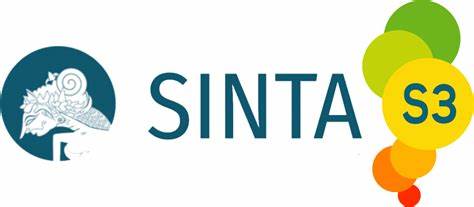THE USE OF AUTHENTIC MATERIAL TO IMPROVE STUDENTS’ READING COMPREHENSION
DOI:
https://doi.org/10.22460/eltin.v7i1.p8-11Abstract
Teachers often have difficulties in finding the appropriate learning materials in teaching reading. Without appropriate reading texts that suit them, students spend long hours in the classroom with poor achievement in reading comprehension. This research aims to find out whether the use of authentic material can improve students' reading comprehension toward Vocational High School Students. This research also conducted to describe and explain students' responses toward the implementation of the authentic material. Based on the aims of this research, the descriptive qualitative method chosen since it is suitable to give a clear description of this study, where twenty-nine of the students observed. The data obtained from pre-test and post-test, classroom observation and questionnaire. The result of the study reveals that the use of authentic material in teaching reading significantly improves students' reading comprehension. It recommended for the teachers to use authentic reading materials for a change. Besides, when bringing authentic materials into the classroom, it should be used following students' abilities, as well as with suitable tasks given.
References
Apsari, Y. (2014). The Use of Authentic Material in Teaching Reading Comprehension. Eltin
Journal, Vol 2, no 2, pp. 88-94
Astiyandha,T.e.t.al. (2012).English teaching vol I. Surakarta: UNS University.
Berardo, S. A. (2006). The use of authentic materials in the teaching of reading.
The Reading Matrix 6 (2), 60-69. Retrieved fromhttp://www.readingmatrix.com/articles/berardo/article.pdf. Accessed on December 12th, 2016
Jacobson, E., Degener, S., & Purcell-Gates, V., (2003). Creating authentic materials and activities for the adult literacy classroom: A handbook for practitioners. USA: NCSALL.
Tatsuki, D. (2006). What is authenticity? The Language Teacher, 16(5), 17–21. Retrieved from





